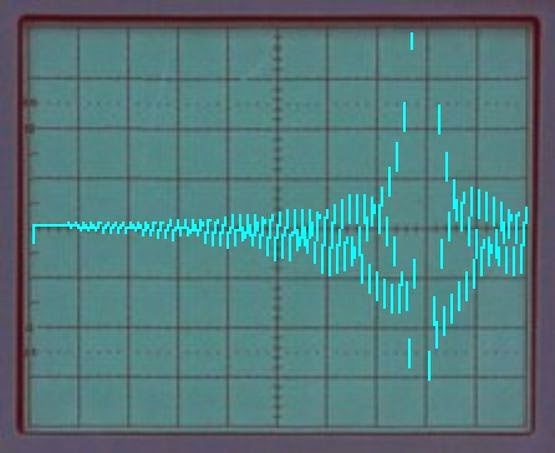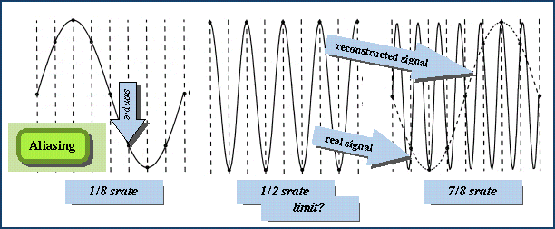Digital Signal Processing – DSP

When you are trying to arrive at a complex Embedded Systems and Communications solution, You will think of a DSP. Now that computers and embedded devices are used in most electronic devices, DSP is a way you can process, transform, analyze and generate fast analog data, in Real Time.
Real Time ideally is instantaneous or in sync, in tandem. Not an Zepto Second lost. But in the real world many analog inputs or result outputs can be processed a lot slower. So it is more like, How ‘real time’ you want, how cost-effective a real-time solution can be provided. If the analog input is slow and the system inertia is high and the user response time is limited by his persistence of vision, you need to make a system just a bit faster, even Microseconds delay may be fine. In yet another case it may be pico seconds.
A web page in a browser delays a few milliseconds, you will not notice; but when you talk over the phone a small delay, echo or glitch can be unpleasant.
In a weather station the wind speed, atmospheric pressure and relative humidity are measured as analog signals using special sensors. This is then converted to digital data and fed to an embedded system or computer. The computer software analyzes the data and arrives at some predictions based on past patterns. This system in its simplest form, may not be DSP, but it is the beginning of this science, the first step.
Audio, Video, Image Processing, Speech Processing, Biometrics, etc. All these can use DSP to Produce an Output or generate a Result in a more repeatable and controllable manner than analog.
Real world signals or inputs are analog, Like the RGB color gradients in a Image or Video, the Harmonics in a Sound and The Noise in a Radar Signal. When these signals are processed in the conventional manner, many stages of semiconductors and Passive RLC blocks are needed and fine tuning them is delicate. Aging (magnetics-electrolytics), Vibration, Temperature, Humidity may alter the tuned parameters. Manufacturing and testing them is also tedious.
In a DSP solution we first convert the analog signals into digital streams. It could be multiple analog sources. Audio may need a slow A/D Conversion, Processing TV signals have to be faster.
An Analog to Digital convertor for an Image Processor in an Object Recognition System may be slow, but the data may has to be processed quickly and results of match or mismatch generated fast. If this system has to work with say coffee beans on a fast moving conveyor…. Check if they have been roasted well or not, even pop off beans that may affect the flavor of that batch, Then both scan and result has to be very fast.
If a Supersonic plane has to watch, prepare and react for all objects flying close by, the Real Time response of the system puts the design and technology to test. Even the software has to be lean and ultra fast, to react before it is too late.
Digital Signal Processing begins with a discussion of the analysis and representation of discrete-time signal systems, including discrete-time convolution, difference equations, the z-transform, and the discrete-time Fourier transform. Emphasis is placed on the similarities and distinctions between discrete-time. The course proceeds to cover digital network and nonrecursive (finite impulse response) digital filters. Digital Signal Processing concludes with digital filter design and a discussion of the fast Fourier transform algorithm for computation of the discrete Fourier transform.

Digital Signal Processing Overview
A digital signal processing system takes a continuous sound wave as input, feeds it through an analog low-pass filter (an anti-aliassing filter) to remove all frequencies above half the sampling rate (see Nyquist’s sampling theorem).
delabs design Notes 2002 onwords
Digital Signal Processing – Wikibooks . This book will begin with a look at the mathematical concepts behind digital processing, then will build on that with particular algorithms to do the work, and finally will present the actual implementations of these techniques in today’s hardware and software systems. Many real-world algorithms are based on the techniques described in this book


